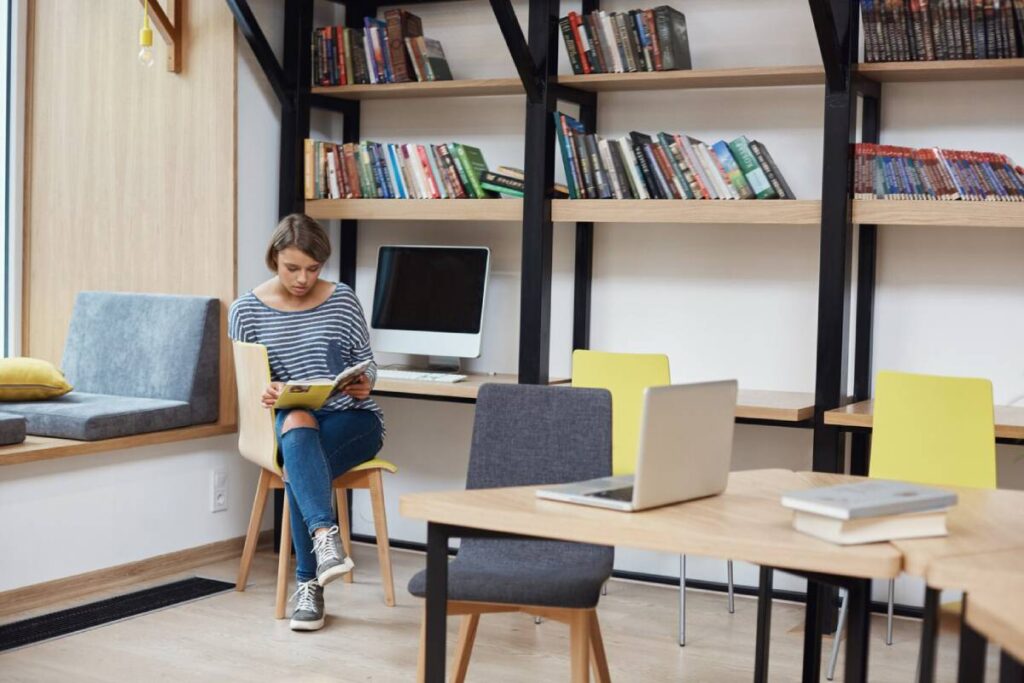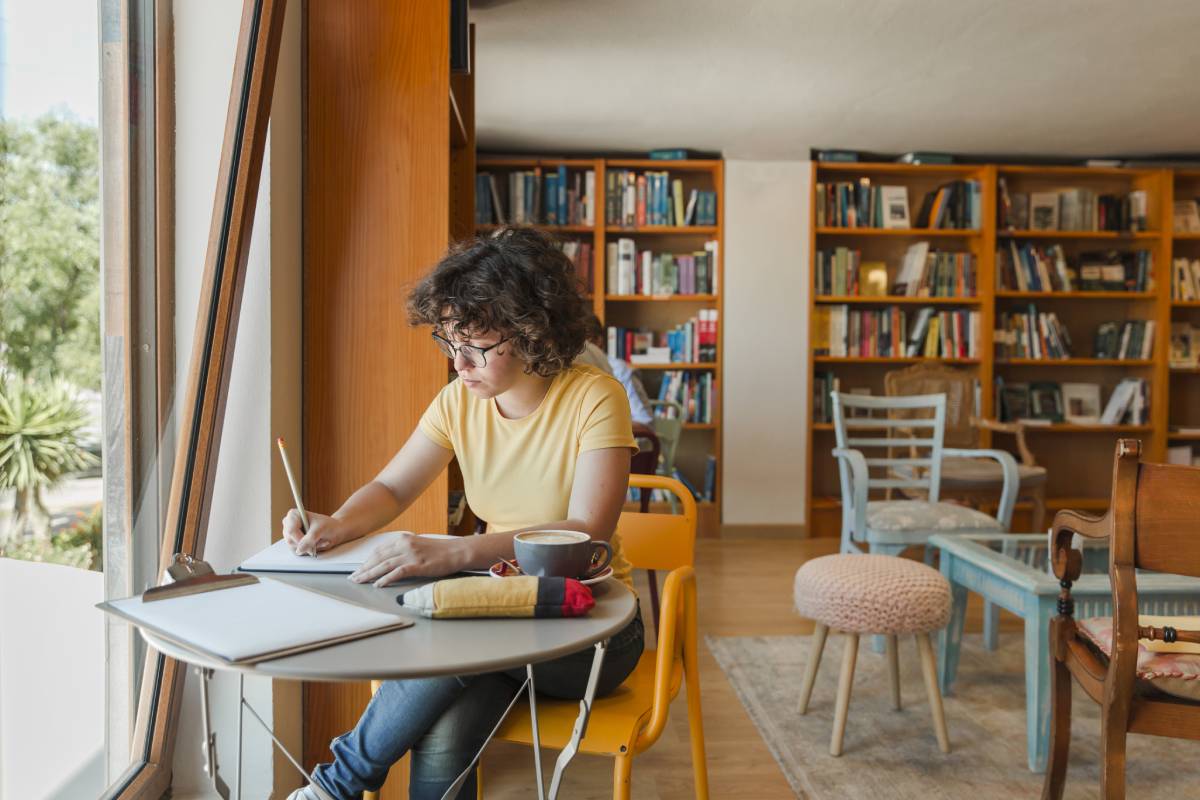The Education Blog

Study Environment Hacks That Boost Focus and Retention
Students today face a multitude of distractions. This multitude of distractions makes focusing and remembering things difficult. The setting of which one studies is key to how good learning and productivity. In this blog, we are going to talk about study environment hacks. Following these tips will increase student productivity, work will become much more focused, and retention rates will improve. By the end of this article, you will know precisely how to build a study space that is perfect for you.
The Importance of a Well-Designed Study Environment

Creating the right study environment is more than just having a quiet space. It includes a smart setup of physical items and mental signals that create a good learning environment. A good study space can boost student productivity by reducing distractions and encouraging focus. A tidy, organised space can boost how well students think and remember. This helps them take in and recall information more easily.
Why It Matters
The significance of a well-structured study environment cannot be overstated. A conducive study space helps maintain focus while studying and reduces stress and anxiety. A supportive learning environment allows students to engage more with the material, which can lead to better academic results. A personalised study environment meets individual needs, making learning more enjoyable and effective.
Key Benefits of Optimising Your Study Environment
Enhancing Student Productivity
One primary benefit of optimising your study environment is boosting student productivity. A tidy space helps students use their time wisely, allowing them to finish tasks faster. When students cut out distractions, they can focus better on their studies, leading to better performance and higher grades.
Improving Focus While Studying

Focus is a crucial component of effective studying. A well-organized study space helps students focus longer. Small changes, like changing the lighting or adding background music, can greatly help students focus. Creating a space with fewer interruptions helps students focus on their work, leading to a more productive study session.
Boosting Retention and Comprehension
Retention of information is essential for academic success. An active learning environment helps students understand and remember complex ideas better. Using colour-coded notes or visual aids can help students understand the material better. This approach leads to improved long-term retention.
Study Environment Tips for Maximum Focus and Retention
Declutter and Organise
A cluttered space can be a major distraction for students. Keeping your study area tidy and organised can help clear your mind and improve your ability to focus. Invest in storage solutions, such as shelves or filing cabinets, to keep your materials in order. A clean desk looks appealing and creates a sense of calm, allowing you to concentrate on your studies.
Choose the Right Lighting

Lighting plays a significant role in setting the mood for studying. Natural light is ideal, as it reduces eye strain and boosts mood. If natural light is not an option, opt for soft, warm lighting that mimics daylight. Avoid harsh fluorescent lights, as they can cause fatigue and hinder concentration.
Incorporate Personalised Elements
Personalising your study space can make it more inviting and comfortable. Add elements that inspire you, such as motivational quotes, plants, or artwork. These personal touches can create a positive atmosphere, encouraging you to spend more time in your study area.
Minimise Noise and Distractions
Noise can be a significant barrier to concentration. If possible, choose a quiet location for your study area, away from high-traffic areas in your home. Consider using noise-cancelling headphones or white noise machines to block out distractions. Establishing a designated study zone can signal to others that you are in work mode, reducing interruptions.
Use Ergonomic Furniture
Comfort is key when studying for extended periods. Invest in ergonomic furniture that supports good posture and reduces strain on your body. An adjustable chair and desk can help you stay comfortable, preventing discomfort and fatigue.
Additional Expert Tips & Common Mistakes to Avoid
Best Practices for Optimising Your Study Environment
Beyond the basics, several advanced strategies for enhancing your study environment exist. Try using essential oils like lavender or peppermint for aromatherapy. They can help you relax and feel alert. Also, taking regular breaks while studying helps avoid burnout and boosts productivity.
Common Mistakes and Misconceptions
One common mistake students make is underestimating the impact of their environment on their study habits. Many think they can study well anywhere, but a dedicated study space really helps improve learning results. Many people think multitasking is helpful, but it usually harms focus and memory. It’s essential to prioritise single-tasking and dedicate your full attention to one task at a time.
Advanced Insights and Expert Recommendations
The Role of Technology in Optimising Study Environments
Technology can be both a boon and a bane regarding studying. While digital tools can enhance productivity, they can also be a source of distraction. Utilise apps and software that aid in organisation and time management, such as digital planners or task management tools. However, be mindful of screen time and take regular breaks to rest your eyes.
Creating a Holistic Study Routine
A good study environment is part of a bigger routine. This routine also includes healthy eating, regular exercise, and enough sleep. These factors boost your well-being and brain function. They help you focus better and remember information. Setting a regular study schedule and building healthy habits can increase your grades and help you grow personally.
Transform Your Space, Transform Your Study Life
A conducive study environment is key to academic success. With the help of this blog, which contains practical studying tips, students can enhance their productivity, focus, and retention. Crafting a great study space is a personal process. It requires time to test things out and make changes. Try minor alterations first and see how they affect your study behaviour. The better your environment, the more pleasant and effective studying will be.
Start today to completely revolutionise the way you study space into a haven for learning and growth. How will you optimise your study environment to achieve your academic goals?









